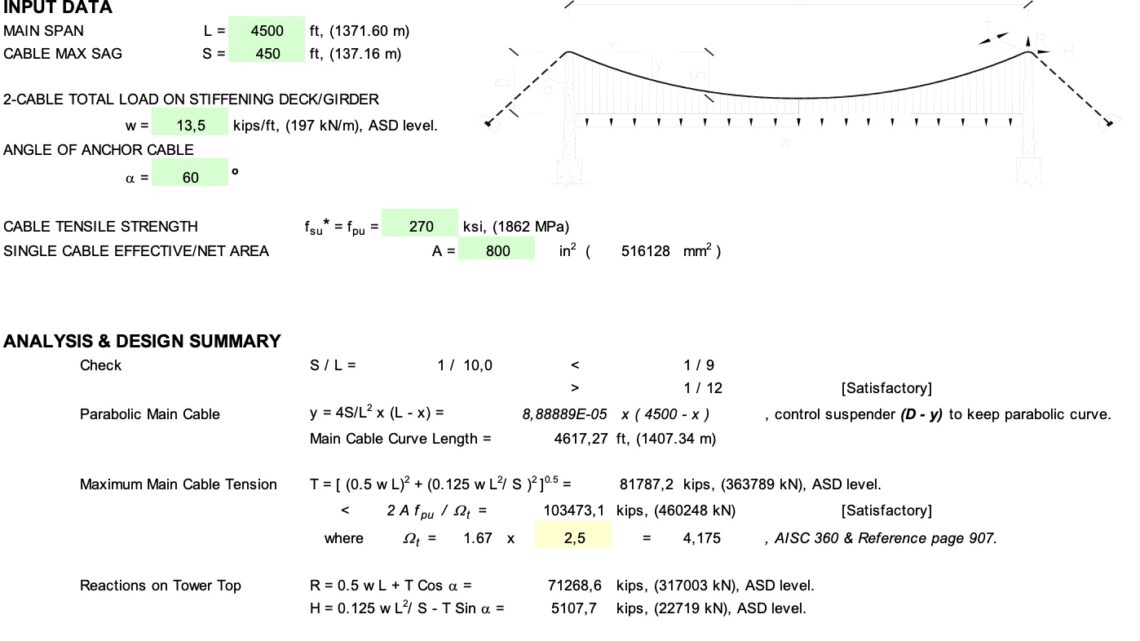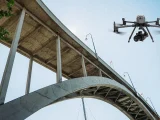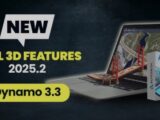
Cable Structure Design Based on ASCE 19-10 & AASHTO 17th Spreadsheet
2 January 2025Table of Contents
Cable Structure Design Based on ASCE 19-10 & AASHTO 17th Spreadsheet
Explore the world of cable structure design. Learn about its applications, innovative techniques, and best practices for creating durable and efficient cable-supported structures.
What is Cable Structure Design?
Cable structure design involves the use of tensioned cables to support architectural and engineering structures. These lightweight, flexible systems are known for their strength, efficiency, and aesthetic appeal. Common examples include suspension bridges, cable-stayed roofs, and tensile fabric structures. Cable structures are widely used in modern architecture and engineering due to their ability to span large distances with minimal material.
Applications of Cable Structures
Cable structures are versatile and can be found in various applications:
- Bridges:
- Suspension bridges and cable-stayed bridges use cables to support the deck and distribute loads.
- Roofs:
- Tensile fabric roofs and cable-supported domes provide large, open spaces without the need for columns.
- Stadiums and Arenas:
- Cable structures are used to create expansive roofs that cover seating areas while maintaining clear sightlines.
- Towers and Masts:
- Cables provide stability and support for tall structures like communication towers and observation decks.
- Art Installations:
- Architects and artists use cable structures to create visually striking and innovative designs.
Key Principles of Cable Structure Design
Designing cable structures requires careful consideration of several factors:
- Load Analysis:
- Calculate the loads the structure will bear, including dead loads, live loads, and environmental loads like wind and snow.
- Material Selection:
- Choose high-strength cables and connectors that can withstand tension and environmental conditions.
- Anchoring and Support:
- Design robust anchor points and support systems to ensure stability and safety.
- Flexibility and Movement:
- Account for the natural flexibility of cables and their response to dynamic loads.
- Aesthetic Considerations:
- Balance functionality with visual appeal to create structures that are both efficient and beautiful.
Innovative Techniques in Cable Structure Design
Advancements in technology and materials have led to innovative approaches in cable structure design:
- Computer-Aided Design (CAD):
- Use CAD software to create precise models and simulations of cable structures.
- Finite Element Analysis (FEA):
- Perform detailed structural analysis to predict how cables will behave under different conditions.
- Advanced Materials:
- Use high-performance materials like carbon fiber and Kevlar for increased strength and durability.
- Smart Cables:
- Integrate sensors into cables to monitor tension, temperature, and other parameters in real time.
- Modular Design:
- Create modular cable systems that can be easily assembled, disassembled, and reconfigured.
Benefits of Cable Structures
- Lightweight: Requires less material compared to traditional structures.
- Efficiency: Spans large distances with minimal support.
- Aesthetic Appeal: Offers unique and visually striking designs.
- Flexibility: Adapts to various architectural and engineering needs.
- Sustainability: Reduces material use and environmental impact.
Challenges in Cable Structure Design
While cable structures offer numerous benefits, they also present challenges:
- Complex Analysis: Requires advanced engineering and computational tools.
- Maintenance: Cables and connectors need regular inspection and maintenance.
- Cost: High-performance materials and specialized labor can increase costs.
- Environmental Factors: Wind, temperature, and other conditions can affect performance.
Best Practices for Cable Structure Design
- Collaborate with Experts:
- Work with experienced engineers and architects to ensure a successful design.
- Use Advanced Tools:
- Leverage CAD, FEA, and other software for accurate modeling and analysis.
- Prioritize Safety:
- Design robust anchor points and support systems to ensure stability.
- Plan for Maintenance:
- Incorporate access points and monitoring systems for regular inspections.
- Consider Aesthetics:
- Balance functionality with visual appeal to create structures that are both efficient and beautiful.
Future of Cable Structure Design
The future of cable structure design is bright, with advancements in materials, technology, and sustainability driving innovation. As architects and engineers continue to push the boundaries of what’s possible, cable structures will play an increasingly important role in modern construction.


